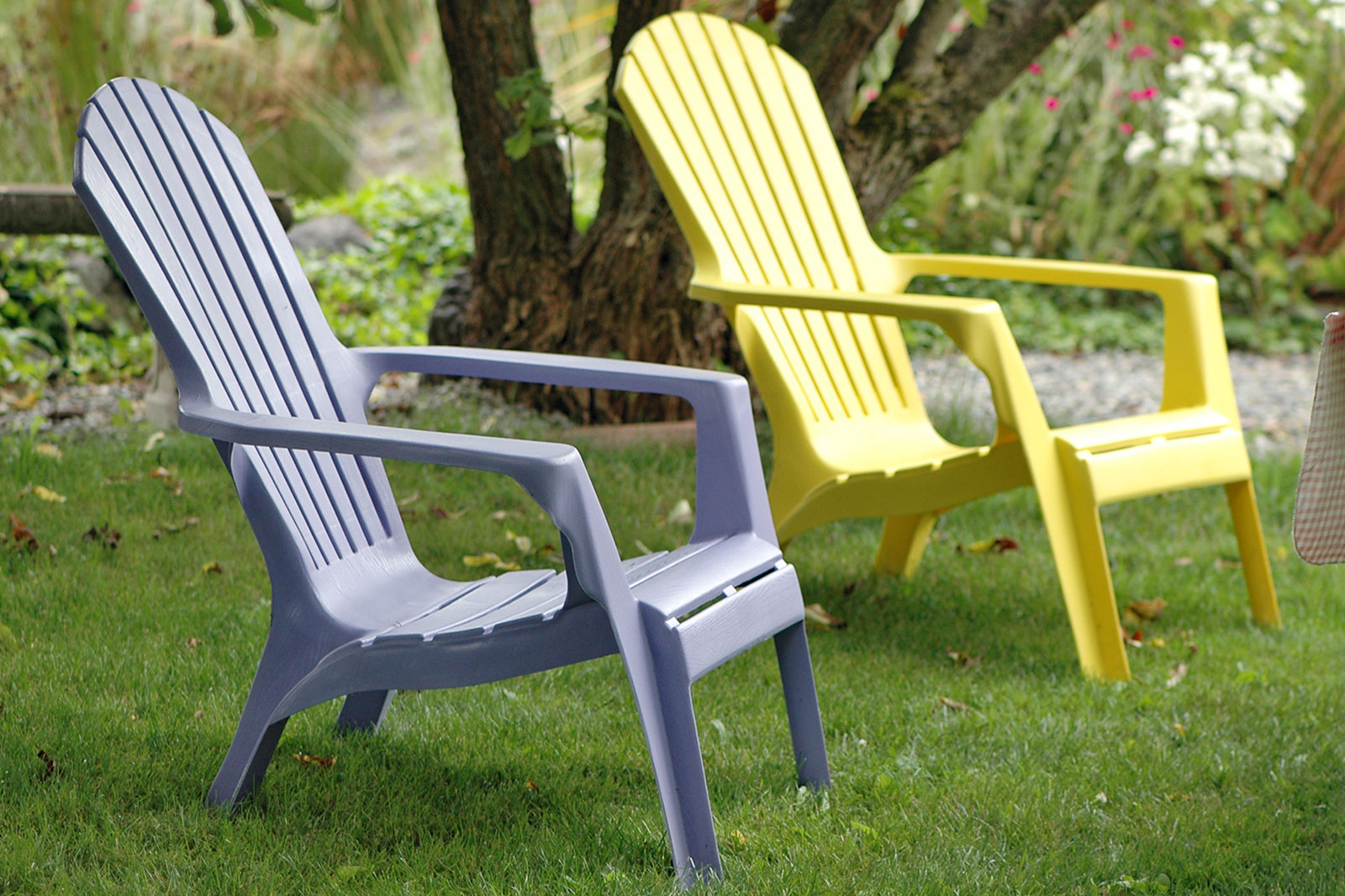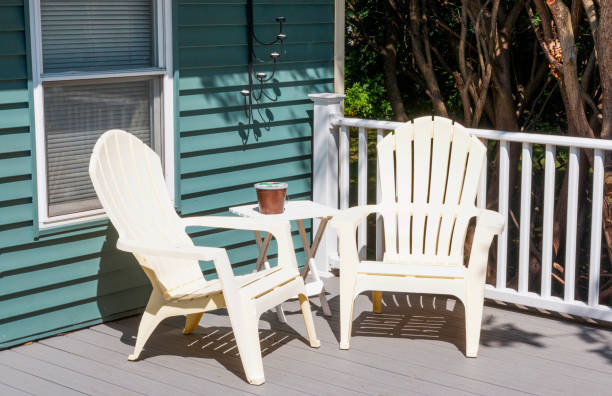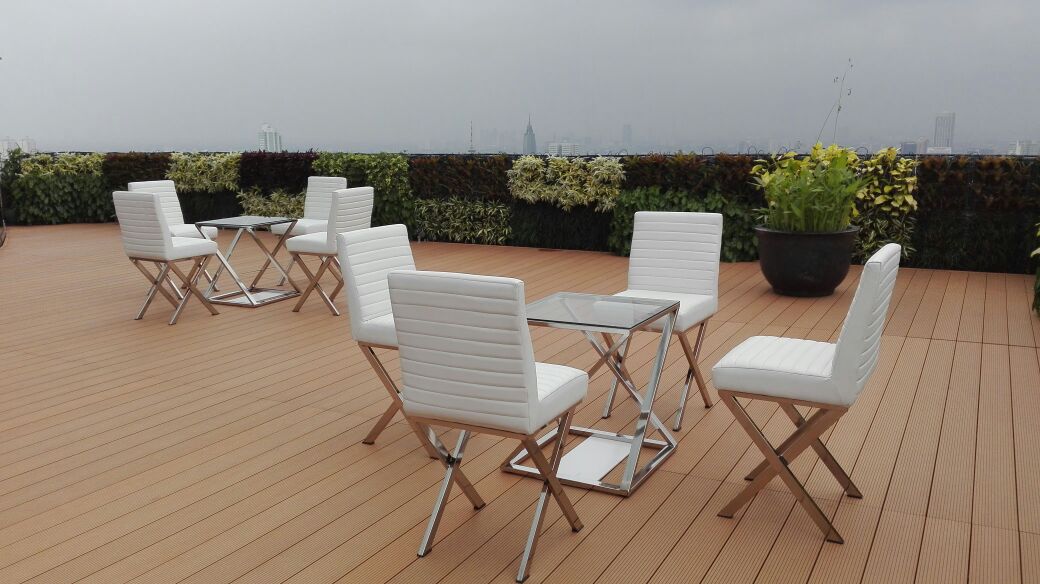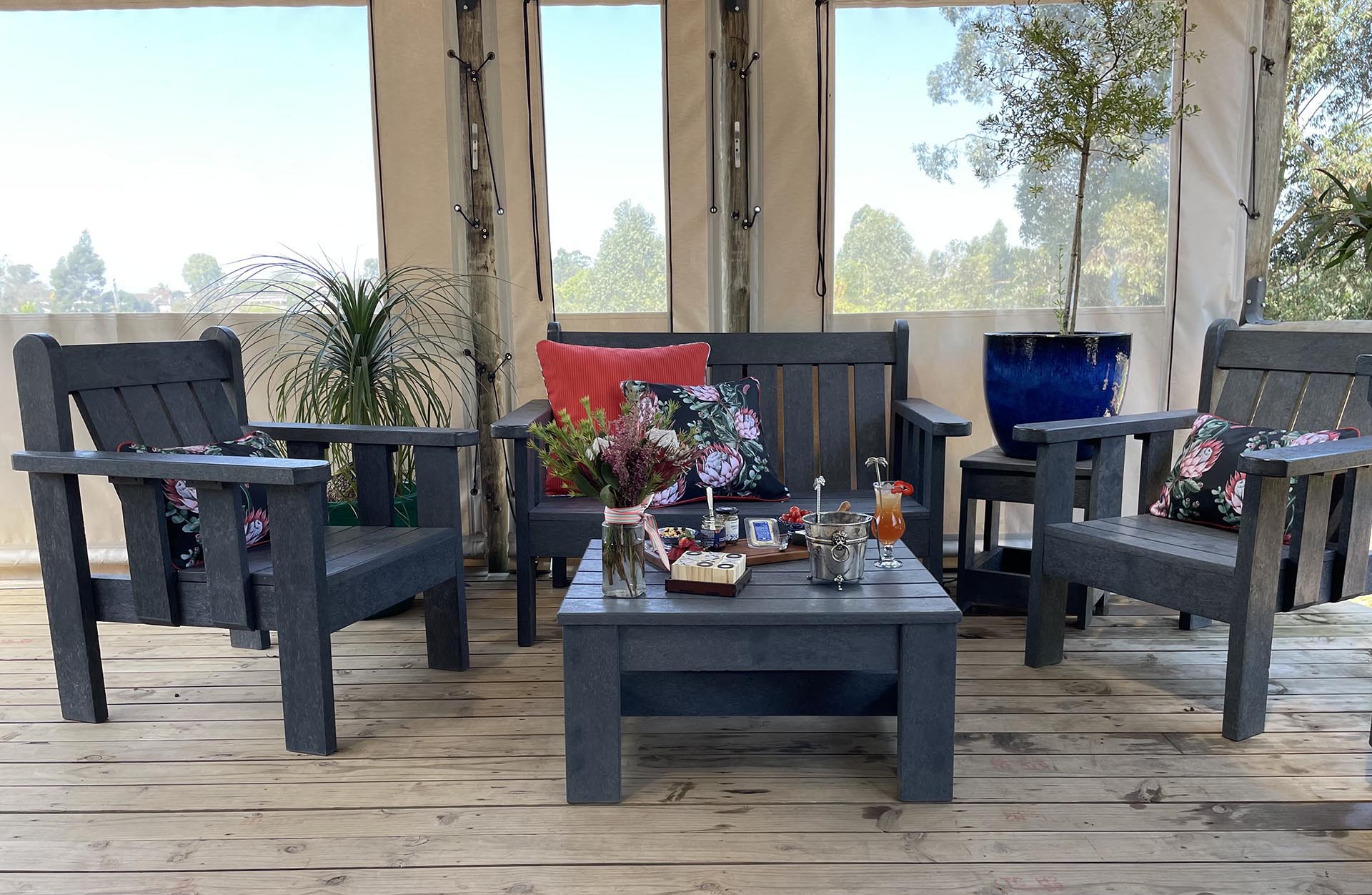Prospect of WPC Environmental Protection Furniture
Tuesday, July 25, 2023Since the beginning of the 21st century, the application of wood-plastic in the field of furniture manufacturing has attracted people’s attention. Industry experts believe that the product performance of wood-plastic composite materials has made great progress, and the processing technology has been able to meet the needs of the furniture industry for materials. Specifically, researchers in the field of furniture manufacturing have paid attention to the performance improvement of wood-plastic composite materials in many aspects such as strength and toughness, surface properties, durability and anti-change, antibacterial and antibacterial, and weight reduction. With its stable characteristics and beautiful shape, it is loved by more and more people. The quantity and quality of wood-plastic furniture materials have made great progress compared with ten years ago. The research and development of wood-plastic composite materials has begun to pay attention to the furniture manufacturing industry. needs.

The manufacture of plastic-wood furniture is different from solid wood furniture, and it cannot be manufactured completely according to the manufacturing ideas of plastic furniture. For a long time, the development of plastic-wood furniture has been greatly restricted by technical conditions, and the progress of materials and market demand have forced the development of wood-plastic furniture manufacturing technology. The development of wood-plastic furniture manufacturing technology is mainly reflected in three aspects: plate manufacturing technology, profile/profile manufacturing technology, and connection assembly technology.

In the 1990s when wood-plastic composite materials were not yet well known, people, inspired by other wood-based panel manufacturing methods, began to use die-casting to manufacture furniture prefabricated parts and assemble the prefabricated parts into simple panel furniture. There are also people who adopt the method of hot pressing to manufacture the plastic-wood board dining table top, and set a mesh layer woven by glass fibers in the middle of the board for the strength of the board to be improved. With the emergence of wood-plastic extrusion technology, people began to combine single-screw extruders, twin-screw extruders and sheet molds at the beginning of this century to manufacture wood-plastic furniture sheets. Wood-plastic surface decoration technologies such as wood-plastic imitation marble board manufacturing technology, paintable wood-plastic furniture board manufacturing technology, and colored wood-plastic manufacturing technology have all achieved rapid development. Wood-plastic panels do not emit volatile organic gases because they do not use adhesives, which is an outstanding advantage of wood-plastic composite materials.

At present, the research and development of wood-plastic profile manufacturing technology mainly focuses on formula improvement, material rheology, mold size, process parameters, cavity design and so on. WPC profiles are mainly used to manufacture furniture backrests, legs, headboards and mirror frames, etc., especially suitable for the manufacture of various styles of furniture products. Plastic-wood furniture profiles can be manufactured by molding or injection molding. When molding, put the wood-plastic composite material into the mold cavity first, close the mold, change the properties of the material under the action of heat or pressure, and create a shape in the mold that matches the shape of the mold. Using this molding method, organic curved surfaces can be produced, and surface patterns and textures can be processed at one time.

Looking forward to the future, the green advantages of wood-plastic composite materials should be fully utilized in the entire life cycle of furniture products such as manufacturing, sales, use, and recycling. In the future with the in-depth development of wood-plastic composite materials and the further maturity of furniture design and manufacturing technology, wood-plastic furniture, as a rookie in the traditional industry of furniture, should enter thousands of households by virtue of its performance advantages.